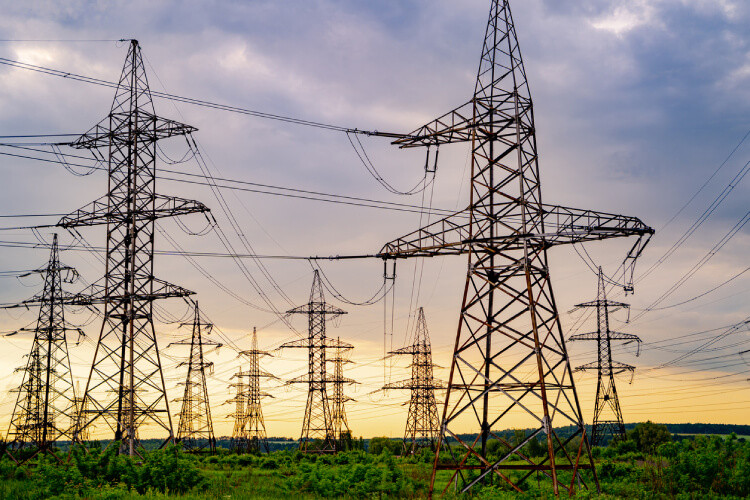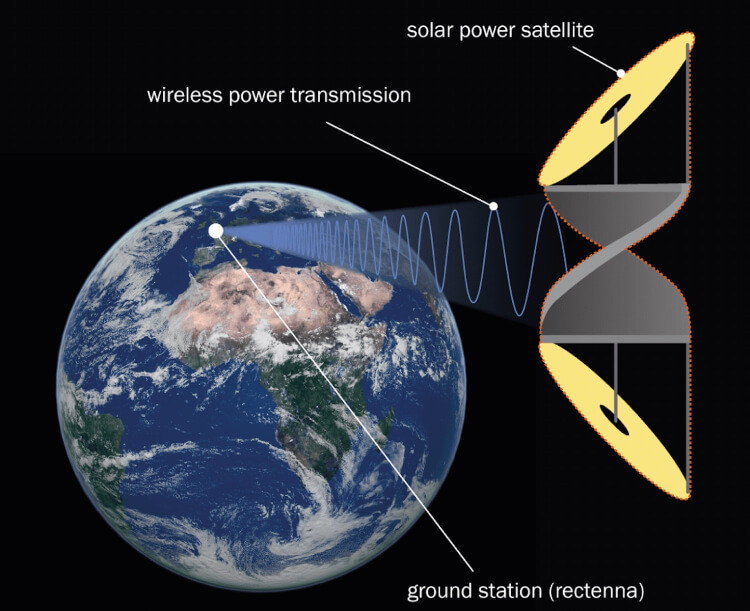Can the National Grid Support the Rapid AI Development Boom?
07-05-2024 | By Paul Whytock

Key Things to Know:
- AI's Expanding Energy Needs: As artificial intelligence becomes more integrated into everyday life, the power demands from data centres that support AI are expected to increase significantly, potentially straining the UK National Grid.
- Energy Consumption Doubles by 2050: Predictions suggest that the UK's overall energy consumption could double by 2050, driven by increased use of electric vehicles, heat pumps, and data centres.
- Challenges with Grid Capacity: The existing grid may struggle to connect new renewable energy projects quickly enough, posing a challenge to the UK's goals for a greener energy future.
- Space-based Solar Power: The European Space Agency (ESA) is exploring innovative projects like Solaris to harness solar energy from space, potentially doubling the energy output compared to Earth-based solar panels.
Love it, hate it, or just fear it, the global progress of artificial intelligence (AI) in all aspects of our lives is happening. But there is one thing that could seriously hinder it in some regions of the world: power, or rather, the lack thereof.
AI needs the massive data processing power provided by data centres, but data centres consume enormous amounts of electrical power. Industry pundits are predicting that data centre power consumption will soar to more than five times its current level in the next ten years.
The simple question here is, will the UK’s National Grid cope with that, and if it cannot, will AI’s positive advantages to society be suppressed?
And it’s not purely about whether data centres will have access to sufficient electrical power. For example, how about all the consumers and companies running electric vehicles and the number of households running heat pumps? The National Grid itself is saying that the UK’s energy consumption will double by 2050.

So, just how much power do the UK’s data centre operators consume?
Getting an exact answer to that is not easy, as John Booth, chair of the DCA, Energy Efficiency & Standards Steering Committee and managing director of Carbon3IT, found out when examining the UK commercial data centre sector’s power use from 2021 to 2023. Here are a few comments from his research.
Firstly, in terms of electrical generation capacity, the UK relies on European partners to keep the lights on.
Does the UK have a plan to be self-sufficient in energy? The only new power stations in the pipeline are Hinkley Point C and Sizewell C; the former is not due to start generating until 2036. The latter is still seeking planning permission, so perhaps by 2040. The completion of Hinkley Point C is expected to significantly bolster the UK's electrical capacity by providing an additional 3.2 GW, enough to power approximately six million homes.
But back to the question, just how much power does the UK Data Centre sector consume? What chunk of the total UK energy store does it consume?
Predictably, answers vary because of the differing definitions of precisely what a data centre is. At the lower end, it is thought to be in the region of 13TWh (1Terawatt is equal to 1,000,000,000,000 Watts), which equates to 4.7% of the total UK consumption. This increase calls for a significant scale-up in grid infrastructure to ensure continuous and reliable energy supply to sustain their critical operations.
But add distributed computing functions to data centre operations, and the figure changes. Then, the total energy consumption of data centres could be far higher, at around 10% of the UK’s total consumption.
Now, if we go back to the statement in the second paragraph that data centre energy consumption could see a fivefold increase in the next 10 years thanks to AI’s reliance on data centres, then the UK’s National Grid is going to be in trouble unless some drastic action is taken.
However, it would be unfair to say the UK does not have a plan to improve its National Grid going forward. There is the “Great Grid Upgrade” project, which involves improvements to the grid infrastructure, new transmission lines, and distribution networks. Cost estimates say the plan could cost about £ 56 billion.
But will it actually generate more electricity?
The answer is yes, but exactly how much remains unclear. Another unknown factor is just how much of the UK’s electricity will be green. As a country, we are doing well, with approximately 40% of our electricity in 2023 being generated by renewables. But will the ambitious 100% green by 2035 become a reality?
To achieve that ecological aim, a major hiccup has to be resolved. Currently, a huge number of green energy projects are stalled because they cannot connect to the UK's electricity system.
BBC research has revealed that some new solar and wind sites are waiting up to 10 to 15 years to be connected because the National Grid lacks capacity. This would seriously undermine the government’s plan to be 100% green by 2035. According to Zoisa North-Bond, chief executive of Octopus Energy Generation, the UK has one of the longest grid queues in Europe.
Recent data from the Ember Climate report highlights that grid capacity and connectivity issues are not just a UK problem but a widespread challenge across Europe. The report stresses the urgent need for comprehensive grid planning and investments that align with the rapid scale-up of renewable energy projects, suggesting a shift towards more agile and foresighted grid management practices to overcome these delays.
“The problem is so many new renewable projects are applying for connections, the grid cannot keep up. The system was built when just a few fossil fuel power plants were requesting a connection each year, but now there are 1,100 projects in the queue,” added North Bond.
In contrast to those views, a spokesperson for the Department for Energy Security and Net Zero spokesperson has commented that the UK has connected the second highest amount of renewable electricity in Europe since 2010, but it recognises the challenge of connection delays. It says the government is due to announce a new action plan for speeding up connections later this year.
Energy from space
The European Space Agency (ESA), which the UK is part of, is preparing for an energy project that could see solar panels in space capable of sending energy back to Earth. The planning stage of this project has been called Solaris, for which funding has been approved.
Solaris would undertake studies and technology developments in partnership with industry to look at feasibility issues relative to operational practicalities and long-term benefits. It will also analyse possible environmental, health and safety issues and the complexities of international regulatory options.

(Courtesy: Physics World)
A big advantage of harvesting solar power from space is that because space has no atmosphere, the sun’s rays are undiluted. This means an orbiting solar panel would be capable of producing up to twice the energy of a land-based panel.
However, one predictable hurdle to such an idea is cost. Currently, the cost of launching and maintaining equipment in space is high.
The basic idea is simple. Orbiting banks of giant solar panels would harvest sunlight, convert it into power, and project it back to Earth using microwave signals. Receiving antennas would then convert the microwaves back into electrical energy.
Via SOLARIS, the ESA hopes Europe will create leading-edge technologies relevant to applications on Earth and in space, such as high-efficiency solar cells and wireless power transmission systems.
References:
- Hinkley Point C: https://www.onr.org.uk/our-work/what-we-regulate/new-reactors/construction/hinkley-point-c/
- UK Data Centre sector consumption: https://www.nationalgrideso.com/document/246446/download
- Grid queues in Europe: https://ember-climate.org/insights/research/putting-the-mission-in-transmission-grids-for-europes-energy-transition/
- European Space Agency (ESA): https://www.esa.int


